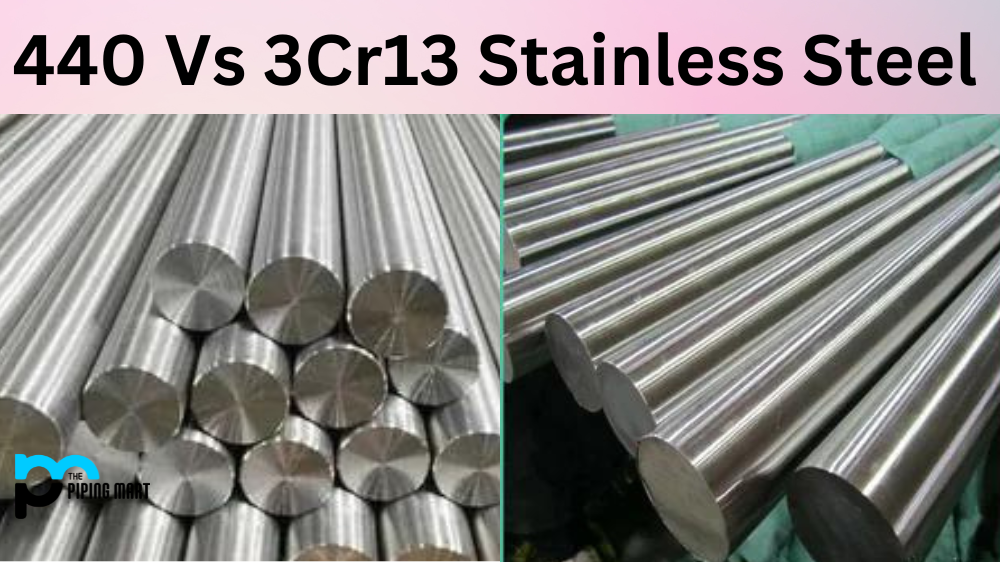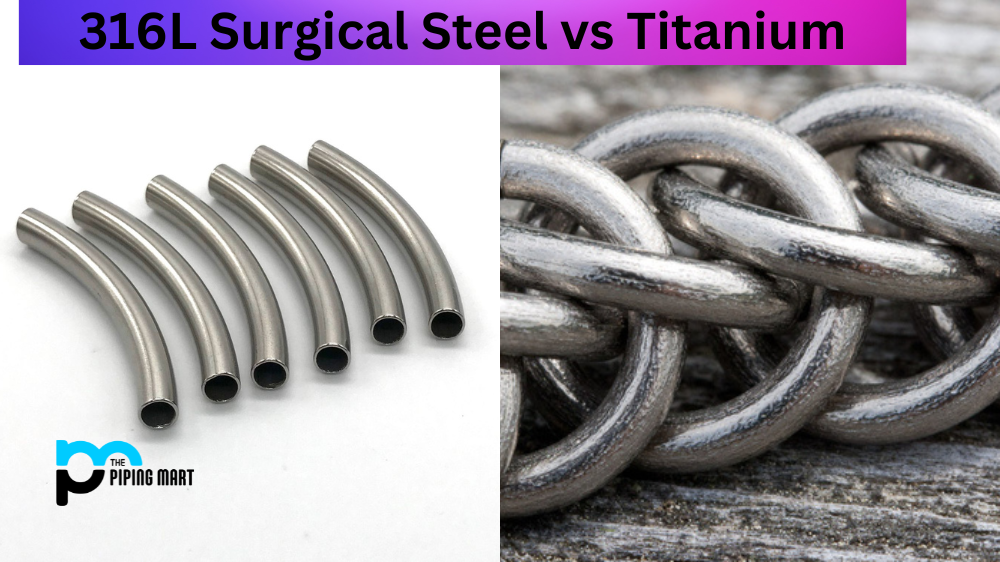Copper has been an essential material for human beings for thousands of years. It is one of the most widely used metals in the world and has a variety of applications. This blog post will discuss pure copper, its composition, mechanical properties, physical properties, and uses.
Pure Copper Composition
Pure copper contains 99.99% copper atoms per atom. In its elemental form, it is a soft metal that has a reddish-orange colour and malleable texture. It is also very ductile and conducts electricity extremely well due to its high conductivity. Furthermore, it is resistant to corrosion and tarnishing when exposed to air or water.
Pure Copper Mechanical Properties
Pure copper has excellent ductility, which makes it easy to shape into various forms like sheets, wires, rods and tubes without breaking or cracking them. Additionally, it has good tensile strength, enabling it to withstand high pressures without deforming or becoming brittle. However, pure copper does not have a large amount of toughness, so if subjected to heavy loads or impacts, it will easily break apart or become damaged.
Pure Copper Physical Properties
Pure copper has many unique physical properties that make it ideal for various industrial and engineering project applications. One such property is its malleability which allows it to be easily molded into desired shapes with minimal effort or force. Additionally, pure copper also has a meager thermal expansion, making it suitable for electrical circuits as the temperature does not affect its conductivity significantly compared with other materials like aluminium or steel. Finally, pure copper also exhibits excellent electrical conductivity, which makes it highly desirable for electrical components such as wires and cables that need reliable performance at all times without any risk of failure due to poor conductivity issues.
Pure Copper Uses
Pure copper can be used in a variety of ways depending on its intended purpose and application requirements, including industrial piping systems; electrical wiring; heat exchangers; roofing material; heating elements; coins; jewelry designs; decorative items; cooking utensils; automotive parts; construction material; medical equipment; and scientific instruments among others. The versatile nature of pure copper also makes it suitable for use in manufacturing processes such as casting, hot forging and machining, where precise tolerances are required without compromising on quality or performance standards set by industry regulations bodies such as ASTM International (formerly known as American Society for Testing Materials).
Conclusion:
Pure copper is an incredibly versatile metal that offers excellent mechanical properties such as ductility and tensile strength coupled with superior physical attributes including malleability and low thermal expansion rate, making it an ideal choice for many industries requiring precision components made from strong yet lightweight materials like aerospace engineering companies looking to build advanced aircraft with minimal weight but maximum strength capabilities along with consumer electronics firms needing reliable products containing tiny yet powerful components like microchips that allow their devices run faster than ever before while still being able to last longer than traditional models available on the market today due to improved durability standards set by manufacturers using this amazing metal alloy! Therefore we can see why pure coppers are so popular amongst manufacturers across the globe!

A passionate metal industry expert and blogger. With over 5 years of experience in the field, Palak brings a wealth of knowledge and insight to her writing. Whether discussing the latest trends in the metal industry or sharing tips, she is dedicated to helping others succeed in the metal industry.




